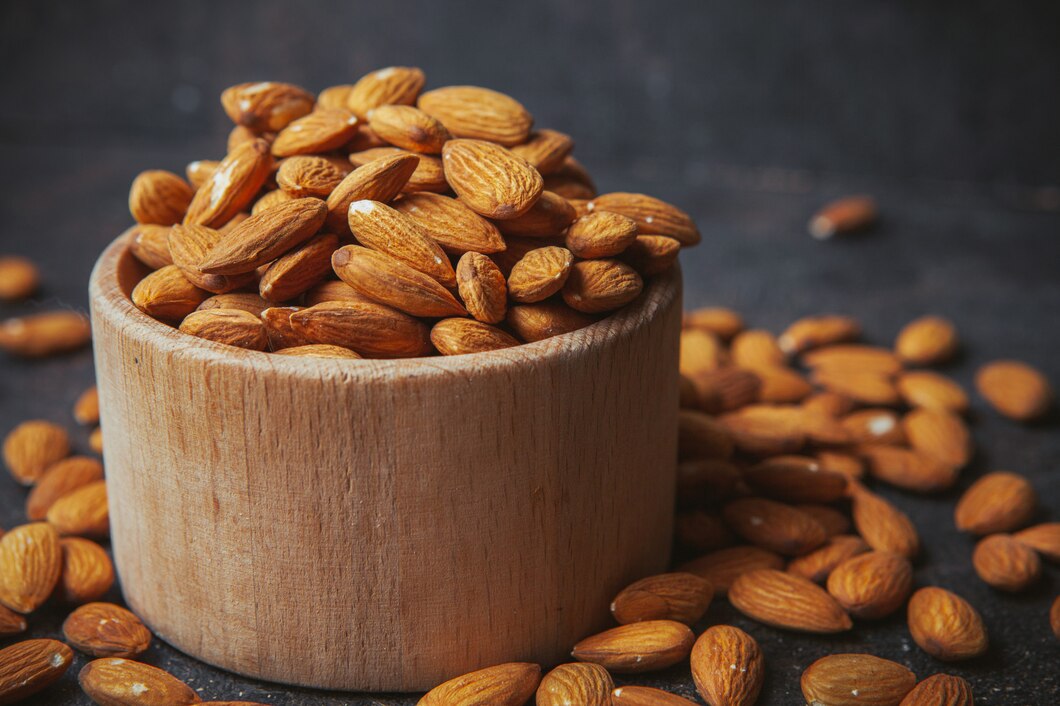When preparing food, it’s crucial to understand the potential risks associated with certain ingredients, especially those that can be toxic if mistakenly swapped for another. While some foods are staples in South African kitchens, others may look or taste similar to toxic varieties, leading to dangerous mix-ups. Here are 10 foods that can be poisonous if mistaken for the wrong ingredient.
- Wild Mushrooms vs. Poisonous Varieties
Edible mushrooms like button, portobello, and shiitake are safe for consumption, but many wild mushrooms, such as death cap and destroying angel mushrooms, are highly toxic. Mushroom poisoning can lead to nausea, vomiting, liver damage, and even death. It’s important to only consume mushrooms from trusted sources and avoid foraging unless you are a knowledgeable expert. - Cassava vs. Improperly Prepared Cassava
Cassava, also known as manioc or yuca, is a common food in many African countries, but it contains naturally occurring cyanogenic glycosides, which can release cyanide if the cassava is not properly prepared. Consuming raw or improperly processed cassava can lead to cyanide poisoning, causing dizziness, headache, vomiting, and in severe cases, death. - Sweet Almonds vs. Bitter Almonds
Sweet almonds, commonly used in South African snacks and baking, are safe to eat. However, bitter almonds contain amygdalin, which breaks down into cyanide when consumed. Bitter almonds must be processed to remove toxins before they are safe to eat. Eating raw bitter almonds can lead to cyanide poisoning. - Elderberries vs. Unripe or Raw Elderberries
Elderberries are often used in syrups, jams, and medicinal teas. However, raw or unripe elderberries, as well as the plant’s leaves, bark, and seeds, contain cyanogenic glycosides, which can cause nausea, vomiting, and diarrhea. Cooking elderberries properly removes the toxins, making them safe to consume. - Zucchini vs. Bitter Zucchini
Zucchini, also known as courgette, is a popular vegetable in South Africa. However, if zucchini is allowed to grow too large or is stressed (due to drought, for example), it may produce high levels of cucurbitacins, compounds that make the vegetable bitter and toxic. Consuming bitter zucchini can cause nausea, vomiting, and diarrhea. - Wild Parsnip vs. Poison Hemlock
Wild parsnip can be confused with the highly toxic poison hemlock plant. Poison hemlock contains toxic alkaloids that can affect the nervous system, leading to symptoms such as trembling, paralysis, and respiratory failure. Always ensure that the parsnips you’re consuming are correctly identified and purchased from a reliable source. - Rhubarb Stalks vs. Rhubarb Leaves
Rhubarb stalks are often used in desserts and jams, but the leaves contain oxalic acid, which can be toxic when consumed in large quantities. Ingesting rhubarb leaves can cause nausea, difficulty breathing, and kidney failure. Always remove and discard the leaves before preparing rhubarb stalks. - Pufferfish (Fugu) vs. Other Fish
Pufferfish, also known as fugu, is a delicacy in some cuisines, but it contains tetrodotoxin, a deadly neurotoxin that can cause paralysis and death. Only trained and licensed chefs are allowed to prepare pufferfish. Eating improperly prepared pufferfish can lead to fatal poisoning, so it’s best to avoid it altogether if you are not absolutely certain of its safe preparation. - Green Potatoes vs. Regular Potatoes
Potatoes that have been exposed to light for too long can turn green and produce solanine, a toxic compound that can cause gastrointestinal distress and neurological issues like headaches and confusion. Avoid eating potatoes that are green or have sprouted, and always store them in a cool, dark place. - Nutmeg vs. Large Quantities of Nutmeg
Nutmeg is commonly used as a spice in both sweet and savory dishes. However, consuming large amounts of nutmeg can lead to nutmeg poisoning, which causes symptoms such as hallucinations, dizziness, nausea, and seizures. While small quantities used in cooking are safe, it’s important to avoid consuming excessive amounts.
While food is essential for our nourishment and enjoyment, some ingredients can pose serious health risks if mistaken for toxic varieties or consumed in unsafe quantities. When preparing meals, especially those involving foraged foods or ingredients with toxic look-alikes, it’s vital to be informed and cautious. Always purchase food from trusted sources, follow proper preparation methods, and avoid consuming large amounts of any ingredient that can potentially cause harm.








